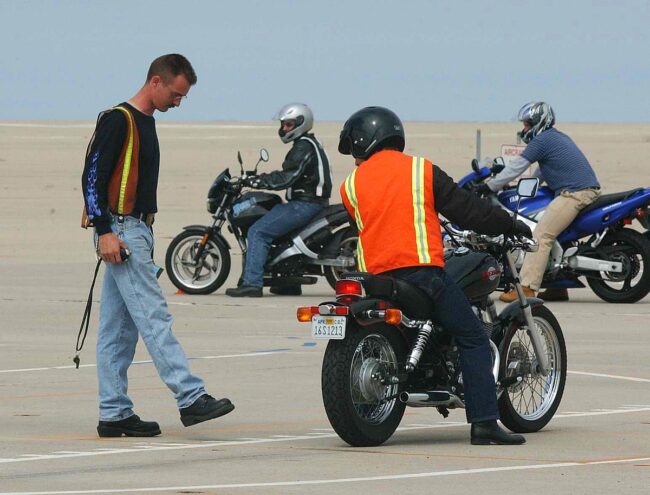Mastering Intersection Navigation: Tips for Motorcyclists
Intersections are among the most challenging environments for motorcyclists to navigate safely. The convergence of multiple lanes of traffic, varying speeds, and potential blind spots create a complex landscape where accidents can easily occur. However, by adopting defensive riding techniques and staying alert to potential hazards, motorcyclists can effectively navigate through intersections and minimize their risk of accidents. In case of any type of accident of misunderstandings, make sure to have number of Sacramento Motorcycle Injury Attorney to get your rights right!
One essential strategy for safely traversing intersections is maintaining heightened awareness of surrounding traffic and road conditions. Before entering an intersection, motorcyclists should scan their surroundings, check for approaching vehicles, and anticipate potential hazards such as turning vehicles or pedestrians. Additionally, keeping a safe distance from other vehicles and positioning oneself in the most visible lane can help increase visibility and reduce the risk of collisions.
Another critical aspect of intersection navigation is effectively communicating intentions to other road users. Using hand signals, maintaining proper lane positioning, and making eye contact with drivers can help convey motorcyclists’ intentions and reduce the likelihood of misunderstandings or conflicts. Additionally, using turn signals and obeying traffic signals and signage are essential for promoting predictability and ensuring safe maneuvering through intersections.

Moreover, mastering the art of defensive riding is paramount for navigating intersections safely. This includes anticipating potential hazards, maintaining a cushion of space around the motorcycle, and being prepared to react quickly to sudden changes in traffic patterns. By staying vigilant, remaining focused, and constantly scanning the environment for potential threats, motorcyclists can proactively mitigate risks and navigate intersections with confidence.
Navigating through heavy traffic can be daunting for motorcyclists, but with the right strategies and mindset, it can be done safely and efficiently. One key principle for thriving in traffic is maintaining visibility and assertiveness on the road. Motorcyclists should position themselves in the most visible lane, avoid riding in other vehicles’ blind spots, and use their headlights and turn signals to signal their presence to other road users.
Additionally, practicing defensive riding techniques is essential for navigating through traffic safely. This includes staying alert to sudden stops or lane changes by surrounding vehicles, maintaining a safe following distance, and being prepared to react quickly to unexpected situations. Anticipating potential hazards, such as lane-splitting or merging vehicles, can also help motorcyclists proactively avoid accidents and maintain control of their bikes.
Furthermore, staying patient and practicing good judgment are crucial for navigating through traffic without taking unnecessary risks. Motorcyclists should resist the temptation to weave between lanes or engage in aggressive maneuvers that could jeopardize their safety and that of others on the road. Instead, maintaining a calm and composed demeanor, respecting other road users, and obeying traffic laws can contribute to a safer and more harmonious traffic environment for everyone.
In conclusion, by adopting defensive riding techniques, staying alert to potential hazards, and exercising patience and good judgment, motorcyclists can safely navigate through intersections and traffic with confidence. By prioritizing safety, maintaining visibility, and practicing situational awareness, motorcyclists can enjoy the freedom of the open road while minimizing their risk of accidents and ensuring a smooth and enjoyable riding experience.
